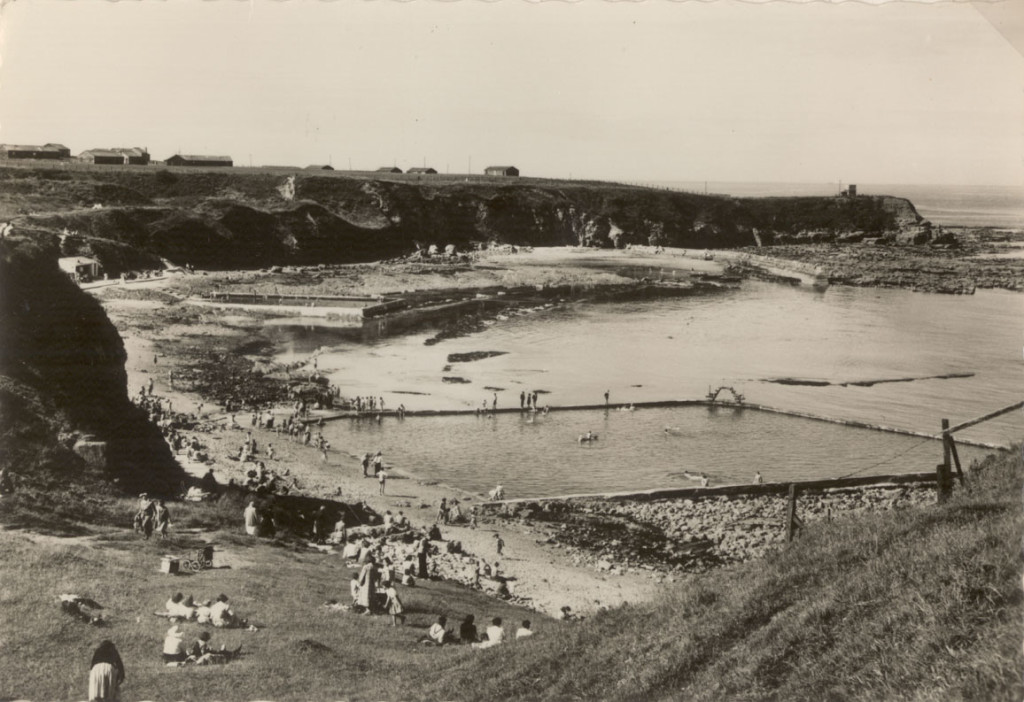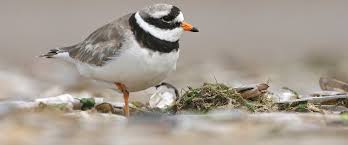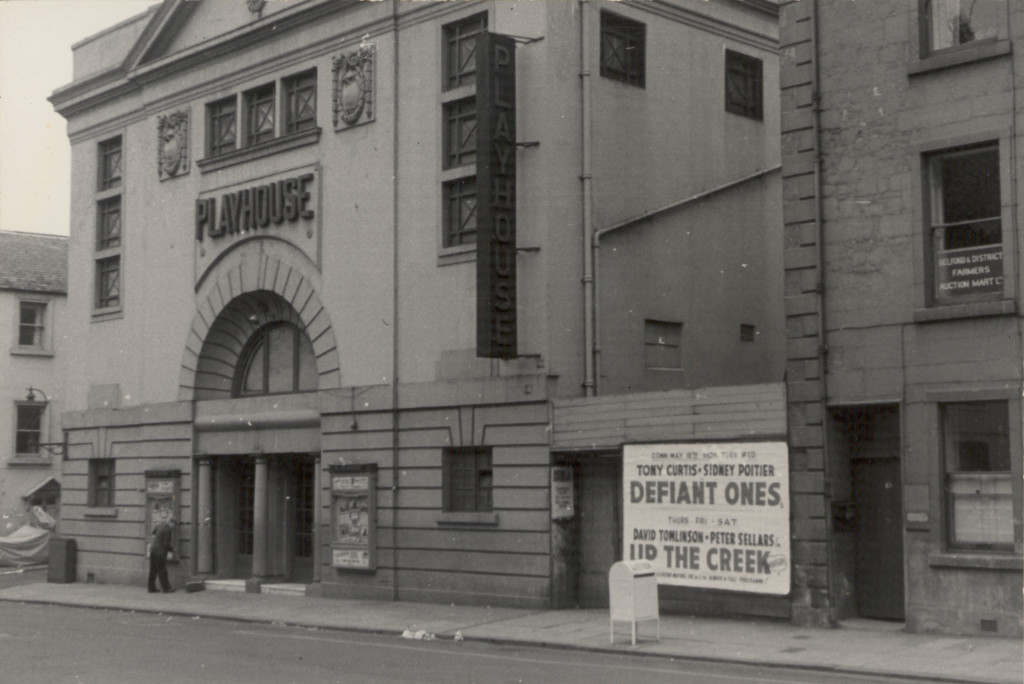BRIDGE TO BRIDGE SWIMMING RACE AT BERWICK
T. ORMISTON WINS “VISCOUNT GREY” TROPHY
A crowd of some three thousand people watched the Bridge to bridge race held in the Tweed on Thursday night last under the auspices of Berwick Amateur Swimming Club and they were privileged to see one of the best races ever held for the trophy presented by Viscount Grey. The only regrettable feature in the proceedings was the poor collection taken, this only being a little over £3, or practically a contribution of £1 per 1000 of those who witnessed the race. As the Swimming Club depends largely on public support for the providing of prizes and running these races, it is hoped greater financial help will be I future extended by the public, otherwise the Club will have to cut out the Bridge to Bridge race and School Gala from their annual programme.
Nine competitors entered for the race. L. B. Dickinson, T. Ormiston, A. P. Hall, A. Erskine ( Kelso), E. J. Denholm, G. Adamson, W. Brotherton, W. Graham and Joe Renton, and when the lot got off their mark in a bunch it was soon evident that the race was going to be keen one. Ormiston and Dickinson swam neck to neck until about thirty yards from the Boathouse when Ormiston drew ahead by about two lengths and Erskine came level with Dickinson, Hall being close up. Up to thirty yards from the Royal Border Bridge Ormiston kept adding to his lead and then Dickinson made a wonderful spurt. He came up hand over hand on Ormiston who only crossed the line a yard and half ahead. The time for the race was 12mins, 12 secs., and a great cheer went up as the men finished.
WOOLER AS A HEALTH RESORT
NEW DEVELOPMENTS
A RUN OVER THE CARTER BAR
The advent of the motor car and char-a-banc have been the means of opening up the country surrounding Wooler, and it is ow possible to do a hundred-mile journey in the district comfortably in one day. It was my privilege to take a trip over the carter Bar a week or two ago in an easy-riding char-a-banc at a very reasonable cost.
Other trips are run during the season to Bamburgh (half-day), Scotland, Edinburgh, etc. These have been largely taken advantage of by visitors, and have added quite a fresh interest to Wooler. Our company, when I went, numbered some twenty-six souls, composed mostly of visitors, with a sprinkling of natives, and a most agreeable company we were. Leaving the Market Place just after 10 a.m. in dull, but fine, weather, we were soon rattling along the road at a steady pace, admiring the scenery as we went. The Haugh Head was soon reached. The old building was for long occupied by the late Kitty Jobson as a beer-house, and before the battle of Flodden (1513) was the head-quarters of Lord Surrey, leader of the English troops, which were camped on Wooler Haugh. The next place that engages attention is Lilburn Tower, the seat of Mr A. B. Collingwood, and its prettily wooded grounds. The dainty lodge at the West entrance looked very pretty with its floral decorations. Hedgeley, with its pretty little cottages, and Crawley Dene are soon left behind, and we are next brought into touch with the ravages of the late war, as Roughley Wood was denuded of its timber and now presents a dreary aspect. A brighter scene awaited us, for Runside Moor was a blaze of purple heather, there being hundreds of acres of it without a break. Our first stopping place was Rothbury, and by the time we had reached there the mist had lifted and the sun began to make its appearance.
The village was quite alive, as our friend, Mr R. Donkin, was holding one of his periodical sales of lambs at the spacious mart buildings. After a short stay our journey was resumed through a well-wooded district by way of Thropton, Hepple Old Town, etc. Numerous pretty cottages were passed with happy and smiling inhabitants, who invariably greeted us with a wave of the hand. The scenery begins to change as we ascend the somewhat steep banks. The surrounding hills, bathed in the now bright sunlight, were looking splendid, their sides being here and there covered with heather in full bloom. Our next break was at the old-time village of Elsdon, which nestles in a pretty valley a few miles from Otterburn. The village green is of considerable dimensions, and there is no suspicion of over-crowding. Like all Border villages, Elsdon has a history dating back hundreds of years, when the feuds between the English and Scotch were common. The old church contains some old tablets, fine old windows, and other interesting features, which we had not time to thoroughly examine. Our friend, Mr Brannen, of the Hotel, saluted us as we passed his comfortable hostelry. Otterburn was soon reached, where the famous mills are situated and the noted wraps made. Some time was spent in this pretty, old-time village, and a number of us had lunch at the old-fashioned inn. The church and the pretty chancel was surveyed, while others took a stroll up the burn-side which, although only a tiny stream, rose on one memorable occasion, flooding the hotel and other buildings to the depth of several feet. Between here and Catcleugh the scenery becomes wilder and more romantic. The County Council are making an effort to improve the road over the Carter Bar, but, judging by the few hands employed, it will take some time to complete the job. With so much unemployment here is a chance for putting a few extra hands in useful work. At Catcleugh is the large lake constructed by the Newcastle Water Company. The fine stretch of water with scarcely a ripple on its surface formed a fine setting to the surrounding hills with their craggy peaks or rounded tops. The road leading to the Carter Bar, which is the deciding line between England and Scotland, is in places very steep and the surface not of the best, but much improved on what it was a year ago. On reaching the bar a halt was called to admire the wide and magnificent view. Hill and valley, woodland scenes and heather-clad hills make up a panorama of surpassing grandeur. Several snapshots were here taken, which ought to be interesting mementos in days to come. After a short stay, we resumed our journey. The ride was through a nicely wooded district into Jedburgh, which town also has a history.
The ruins of the old Abbey proved a great source of attraction, and also the old Castle on the hill, from the top of which a charming view of Jedburgh and neighbourhood is obtained. After a refreshing cup of tea, the homeward journey was resumed, passing through the villages of Morebattle and Yetholm as the sun was setting in the West, Kirknewton, nestling snugly at the foot of the College Burn and surrounded by hills looked most peaceful. Wooler was reached soon after 9 p.m., the party all having spent a memorable and enjoyable day’s outing.
EX-SOLDIER WISHES TO JUMP BERWICK BRIDGE
An unusual case came before Mr A. J. Dodds and Mr Walter Hogarth at Berwick Police Court on Tuesday. P. C. Lindsay gave evidence that at about 9 p.m. on the night before (Monday) he received a complaint off the disorderly behaviour of James Ohlsen, a painter, of Leith, who had been working I the town, and cautioned him. Ohlsen then went over the bridge towards Berwick. He took some money out of his pockets and attempted to climb up over the bridge. P.C. Lindsay then apprehended him and locked him up, and he was brought before the Bench charged with being drunk and disorderly. Ohlsen pleaded guilty. He regretted having caused trouble, which was due to his having had some drink, and stated that while serving in France he had been buried and ever since had been subjected to fits. He was fined 5s or 7 days.









